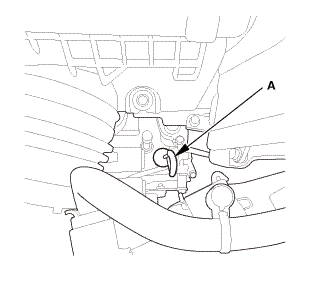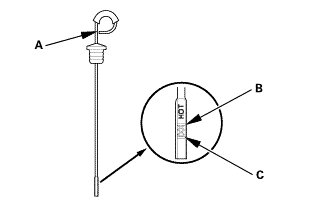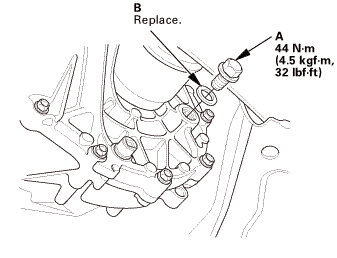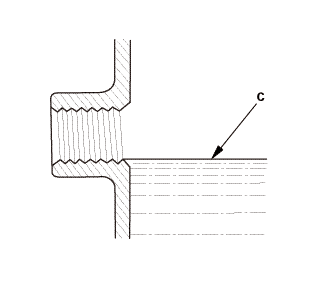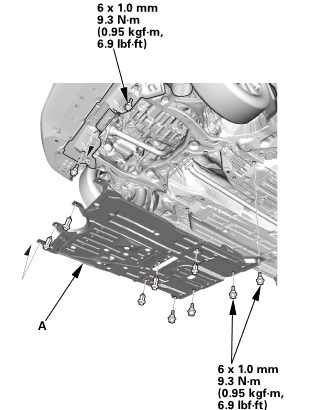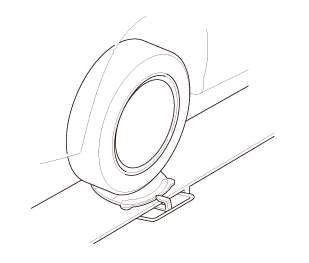Honda Civic Service Manual: Right Front Driveshaft Removal and Installation
219132 RIGHT FRONT
219130 BOTH FRONT

| 1. | Vehicle Lift |
|
| 2. | Tire and Wheel-Removal, Front Right |
|
|
|
| 3. | Driveshaft Spindle Nut, Front Right |
|
|
|
| 4. | Engine Undercover |
|
|
|
| 5. | MTF Replacement (M/T -Without Intermediate Shaft) |
|
|
|
| 6. | ATF Replacement (A/T -Without Intermediate Shaft) |
|
|
|
| 7. | Right Lower Ball Joint Lower Arm Side Disconnection |
|
|
|
| 8. | Driveshaft Front Right - Disconnection, Outboard Side |
|
|
|
|
|
|
| 9. | Right Front Driveshaft Inboard Side - Disconnection (With Intermediate Shaft) |
|
|
|
||||||
|
|
|
| 10. | Right Front Driveshaft Inboard Side - Disconnection (Without Intermediate Shaft) |
|
|
|
|||||||||||||||||
|
|
|

| 1. | Right Front Driveshaft Inboard Side - Reconnection (Without Intermediate Shaft) |
|
|
|
|
|
|
|||||||||||||||
| 2. | Right Front Driveshaft Inboard Side - Reconnection (With Intermediate Shaft) |
|
|
|
|
|
|
|
|
|
| 3. | Driveshaft Front Right - Reconnection, Outboard Side |
|
|
|
||||||
|
|
|
| 4. | Right Lower Ball Joint Lower Arm Side Reconnection |
|
|
|
| 5. | Driveshaft Spindle Nut, Front Right |
|
|
|
| 6. | Tire and Wheel-Installation, Front Right |
|
|
|
||||||
| 7. | Driveshaft After Install Check |
|
| 8. | ATF Replacement (A/T -Without Intermediate Shaft) |
|
|
|
|
2. |
Refill the transmission with the recommended fluid through the dipstick hole (A) to bring the fluid level between the upper mark and the lower mark of the dipstick. Always use Honda automatic transmission fluid (ATF) ATF DW-1. Using a non-Honda ATF can affect shift quality. |
|||||||
|
Automatic Transmission Fluid Capacity:
|
||||||||
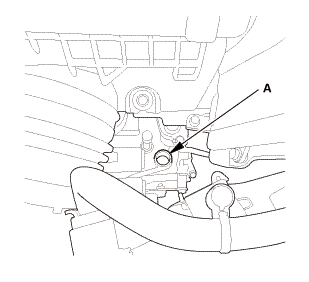
|
|
|
| 9. | MTF Replacement (M/T -Without Intermediate Shaft) |
|
|
|
||||||||||||||||||||||||||
| 10. | Engine Undercover |
|
|
|
| 11. | Pre-Alignment Checks |
|
| 12. | Caster - Inspection |
|
|||||||||||||||||||||||||||||||||||||||||||||||
| 13. | Camber - Inspection |
|
||||||||||||||||||||||||||||||||||||||||||||||||||||||||||||||||||||||||||||||||||||||
| 14. | Front Toe - Inspection |
|
|||||||||||||||||||||||||
| 15. | Turning Angle - Inspection |
|
|
|
|||||||||||||||||||||||||||||||||||||||||||||||||||||||||||||||||||||||||||||||||||||||||
|
|
|
|||||||||||||||||||||||||||||||||||||||||||||||||||||||||
| 16. | Test Drive |
|
| 17. | Maintenance Minder Reset (Without Intermediate Shaft) |
|
 Right Front Driveshaft Outboard Boot Replacement
Right Front Driveshaft Outboard Boot Replacement
219142 RIGHT
219140 BOTH
1.
Vehicle Lift
1.
Raise the vehicle on a lift, and make sure it is securely supported.
...
 Engine
Engine
...
See also:
Honda Civic Owners Manual. To Set Up Text/E-mail Message Options
To turn on or off the text/e-mail function
Go to the phone settings screen.
Select the Text/Email tab, then Enable
Text/Email.
A pop-up menu appears on the screen.
Select On or Off.
To turn on or off the text/e-mail
function
To use ...

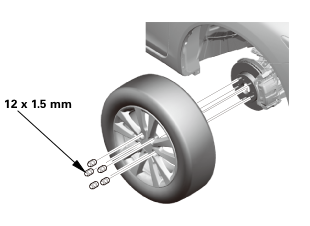 12x1mm
12x1mm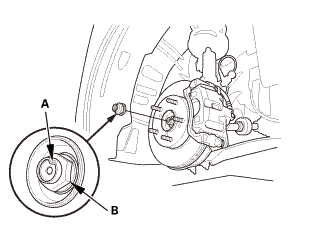
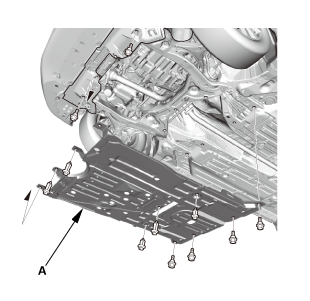
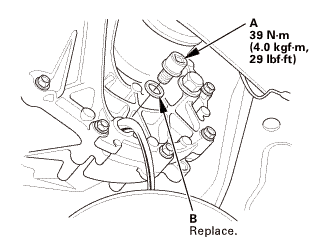
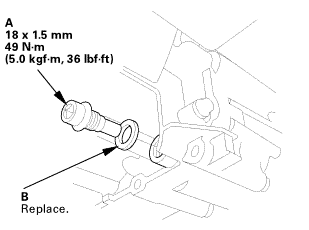
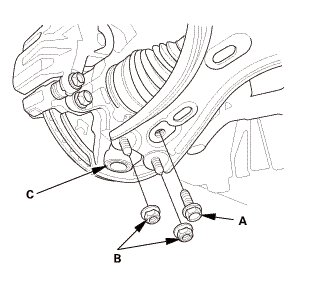
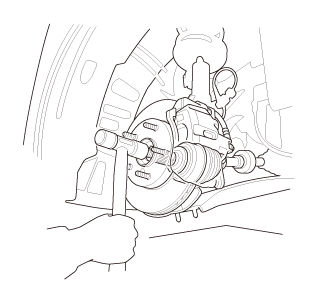
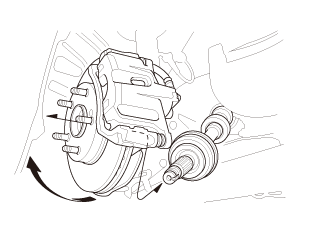
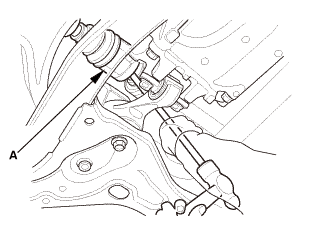
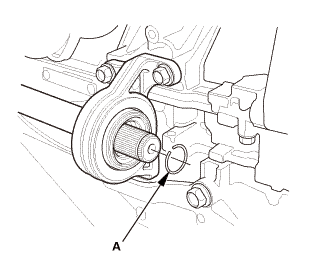
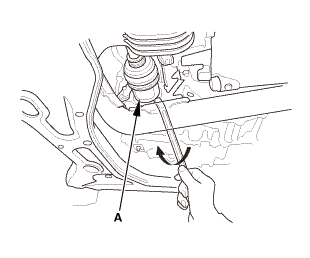

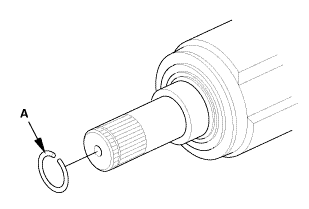
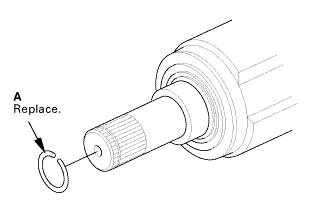
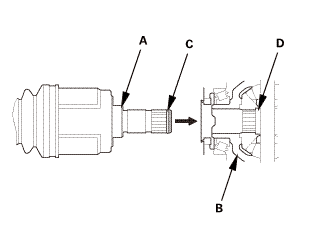
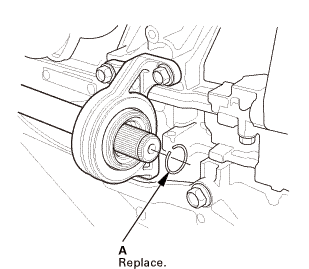
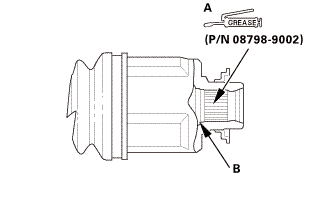 (p/n
(p/n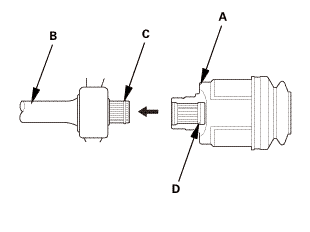 ei
ei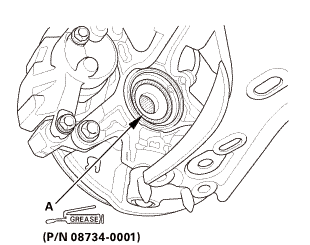
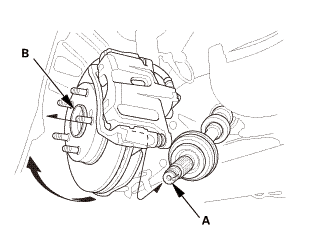
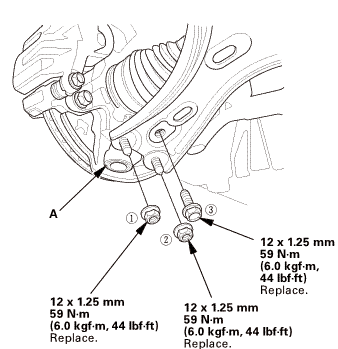 replace.
replace.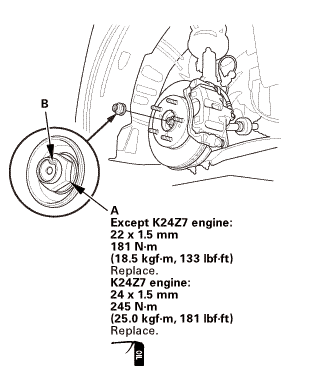 22mmmmengine:mmn-m
22mmmmengine:mmn-m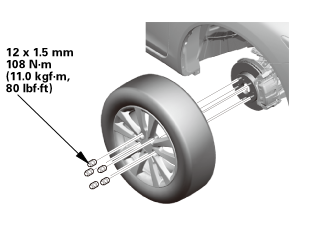 mminmuan
mminmuan